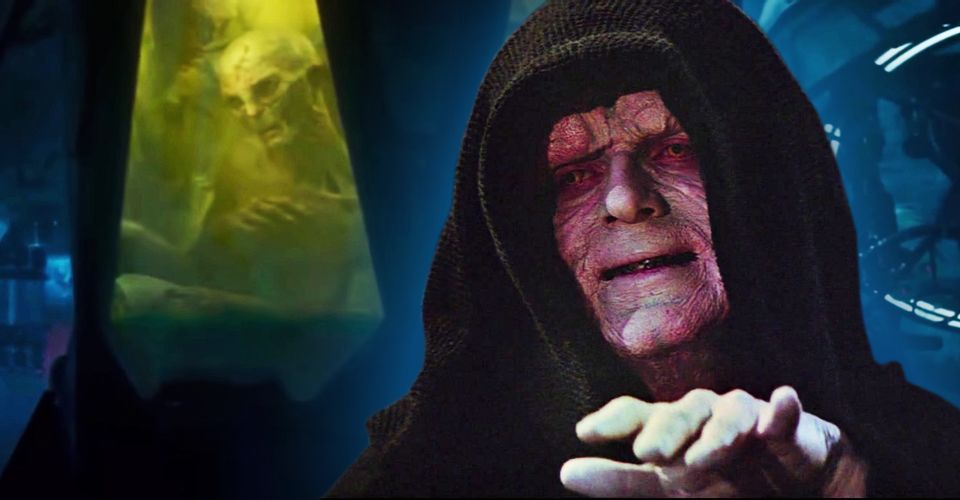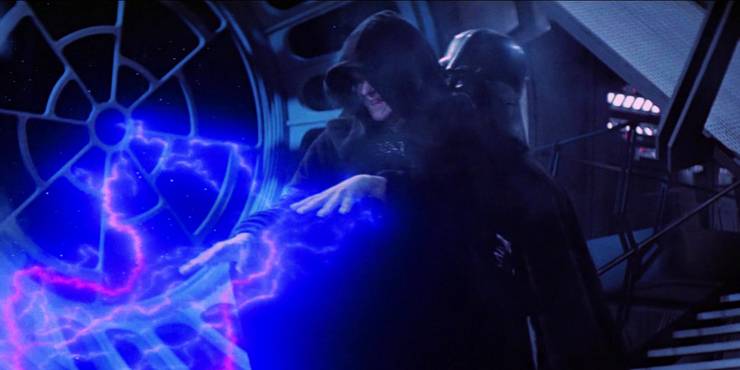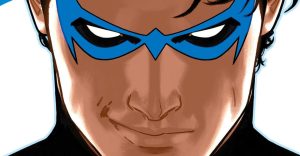Star Wars Confirms Palpatine Was A Clone In Return of the Jedi [UPDATED]

UPDATE: April Fools! Palpatine wasn’t (officially) a clone in Return of the Jedi. But is it possible that he could’ve been?
Star Wars confirms Emperor Palpatine was a clone in Return of the Jedi. The classic villain made a surprise return in The Rise of Skywalker, becoming the thread that tied all three trilogies of the Skywalker saga together. The twist (which was saved as a surprise reveal for the first Rise of Skywalker teaser trailer) made the Emperor the overarching antagonist of the entire narrative, which was an exciting proposition for fans. Unfortunately, Palpatine’s role in The Rise of Skywalker ended up being one of the most polarizing elements of the entire film, as his reappearance came across as random and sudden – rather than being an organic build-up to a climactic showdown.
The movie was scant on vital details about Palpatine’s return, including how exactly he survived the events of Return of the Jedi Lucasfilm has used tie-in publishing materials, like the Rise of Skywalker visual dictionary and novelization, to fill in these gaps. Among the biggest revelations are Rise of Skywalker’s Palpatine being a clone body the Emperor transferred his consciousness to as he was falling down the second Death Star’s shaft. Fan reaction to these reveals have been just as mixed as the film, so it’ll be interesting to see what the response to this latest bit of information is.
In the recently released book The Art of Star Wars: The Rise of Skywalker, none other than director J.J. Abrams confirms Palpatine was a clone in Return of the Jedi. He stated he learned this while talking with George Lucas prior to writing the Rise of Skywalker script. Check out his quote in the space below:
“In my conversations with George Lucas, he mentioned how the Emperor was a clone in Return of the Jedi. And I thought it would be a beautiful way to connect all three trilogies and bring it full circle. In each trilogy, they go up against a new Palpatine clone.”

It’s unknown why Lucas didn’t make this clear until now (although, this is the same person who sat on A New Hope’s “Maclunkey” edit for years), but it’s bound to be frustrating for viewers. It’s another illustration of the Star Wars franchise’s continued reliance on non-movie materials to flesh out key aspects that fundamentally alter the films. The Star Wars books (including the non-narrative ones) and comics are arguably at their best when they’re simply fleshing out little aspects in the movies, giving interested readers additional context that may enhance their rewatches of the films. They shouldn’t be required reading to have a full understanding of the movies; that could be alienating for general audiences who just want to follow the films’ story. Knowing Palpatine was a clone in Return of the Jedi fundamentally alters how one looks at that movie and is something that should have been revealed long ago.
It’ll be interesting to see if this Return of the Jedi twist is explored further in future Star Wars materials. The art book is slim on elaboration, leaving many questions viewers might have unanswered. For now, fans are left to their own devices to piece everything together, including why Palpatine needed to be in a clone body during the original trilogy. People know the Emperor was obsessed with unlocking the key to immortality, so perhaps this was all just part of a cycle for him and he transferred his consciousness to a new vessel once every decade or so. As Lucas would say, it’s like poetry, it rhymes.
Source: The Art of Star Wars: The Rise of Skywalker
About The Author

















